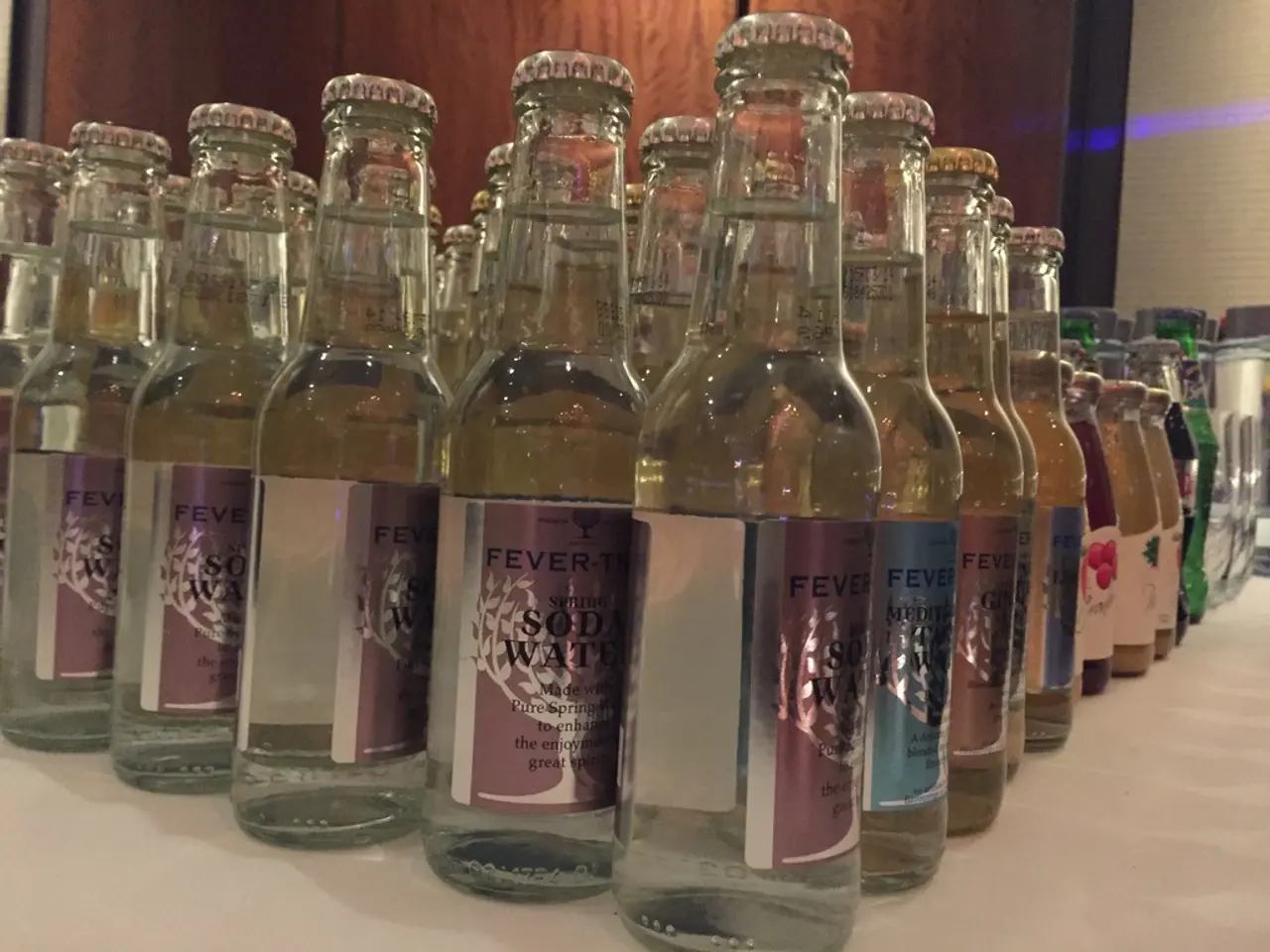Chemical Contamination in Consumable Water and Food Supplies: Potential Threats
Rising Concern over Trifluoroacetic Acid (TFA) in Food and Drinking Water
Trifluoroacetic acid (TFA), a persistent and mobile chemical, is increasingly being detected in drinking water and food sources, posing a significant and growing threat to public health and the environment. TFA is a breakdown product of per- and polyfluoroalkyl substances (PFAS), often referred to as "forever chemicals" due to their environmental persistence and resistance to degradation.
Current Situation
TFA is found ubiquitously in groundwater and surface waters, with concentrations rising irreversibly as it is highly persistent, mobile, and does not degrade naturally. It has been detected at notably high levels in beverages, including fruit and vegetable juices and wines, often exceeding other PFAS concentrations by an order of magnitude.
The European Union has recognized the health risks associated with TFA, particularly due to its origin as a breakdown product of banned PFAS pesticides like flufenacet. Despite flufenacet use being banned since May 2025, it is still permitted during a controversial 18-month grace period, contributing to TFA levels above legal limits in groundwater.
As of mid-2025, there is no harmonized EU-wide limit value for TFA in drinking water, with many authorities advocating for "precautionary observation" regarding TFA levels.
Health Effects
TFA itself is classified by German authorities and towards evaluation by the European Chemicals Agency (ECHA) as toxic for reproduction and very persistent and highly mobile in the environment. The European Food Safety Authority (EFSA) in 2024 identified flufenacet (the pesticide precursor to TFA) as an endocrine disruptor that alters thyroid function and can potentially cause irreversible neurological damage to unborn children. While EFSA’s evaluation is primarily for flufenacet, concerns extend to its persistent metabolite TFA due to environmental and human exposure routes.
Broader PFAS toxicity, including infertility, liver damage, and endocrine disruption, is well established, though specific comprehensive toxicological evaluations for TFA alone remain limited, indicating an urgent need for further risk assessment and regulatory action.
Food Sources
A comprehensive analysis of 48 cereal products revealed TFA in all samples, with conventionally produced cereal products having TFA levels up to three times higher than organic products. One biscuit was found to contain 420 micrograms of TFA per kilogram. Many mineral waters, including discounter brands, have been found to contain concentrations of up to one microgram per liter of TFA.
Future Developments
Kaufland, a major retailer, will introduce a new development in its branches from autumn 2025, aiming to reduce TFA levels in its products. Modern reverse osmosis systems are often powerless against TFA, underscoring the need for innovative solutions to address this growing concern.
The urgent need for action is clear. TFA contamination poses a significant and growing threat to drinking water quality and food safety, without current EU-wide enforceable limits. Its extreme persistence in the environment and potential reproductive and endocrine toxicity underscore the importance of phasing out PFAS sources, improving monitoring, and setting regulatory standards.
[1] European Chemicals Agency (ECHA) [2] European Food Safety Authority (EFSA) [3] German Federal Environment Agency (UBA) [4] European Union Water Framework Directive (WFD)
- Environmental science is crucial in understanding and addressing the increasing levels of Trifluoroacetic acid (TFA) in food and drinking water, which is a significant concern for public health and wellness, as well as environmental health and sustainability.
- As the health effects of TFA, including potential reproductive toxicity and endocrine disruption, become clearer, it is essential for the medical-conditions community to closely monitor the ongoing research and regulatory efforts surrounding this environmental science issue.




